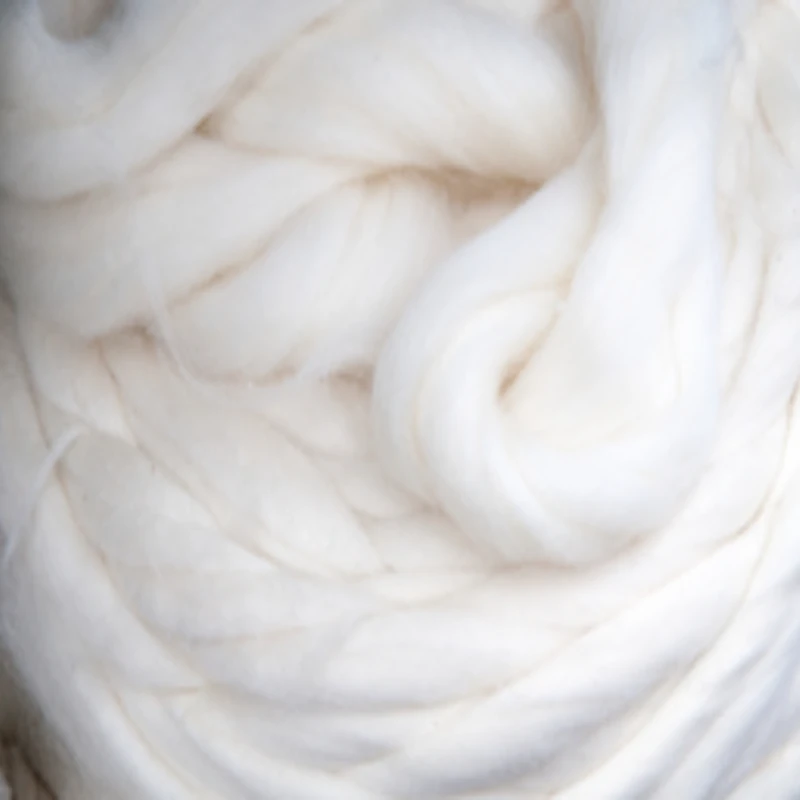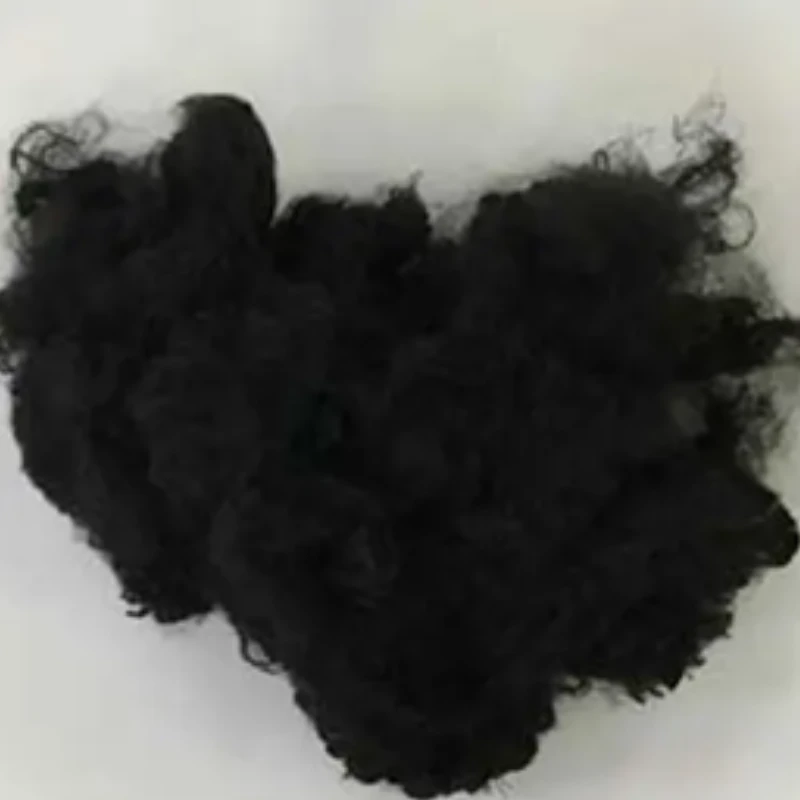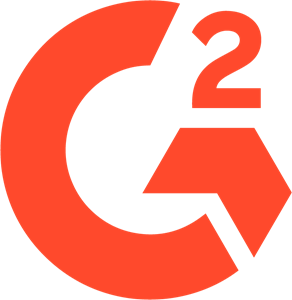The recycled fiber industry focuses on converting waste paper and cardboard into new, usable fibers for creating paper-based products. This industry plays a key role in sustainability, reducing the need for virgin materials, and minimizing environmental impact. Here are some of the primary aspects of the recycled fiber industry
Viscose Staple Fiber
Production Process:
- Pulping: Wood chips are processed to extract cellulose, often using chemicals.
- Dissolving: The cellulose is dissolved in a solvent to create a viscous solution.
- Filtration: The solution is filtered to remove impurities.
- Spinning: The viscous solution is extruded through spinnerets into a coagulation bath, forming continuous filaments.
- Cutting: These filaments are cut into staple lengths to produce viscose staple fibre.
- Washing and Drying: The fibres are washed to remove any residual chemicals and then dried.
- Softness: Has a luxurious feel similar to silk.
- Breath-ability: Good moisture absorption, making it comfortable to wear.
- Drapability: Flows well, ideal for various clothing styles.
USES
| Apparel: | Dresses, blouses, and linings. |
| Home Textiles: | Curtains, bedding, and upholstery. |
| Non-woven: | Diapers and medical textiles. |

Recycled Polyester Staple Fiber
Production Process:
- Collection: PET bottles and other plastic waste are collected.
- Sorting and Cleaning: Contaminants are removed to ensure high-quality output.
- Shredding: The clean plastic is shredded into small flakes.
- Extrusion: The flakes are melted and extruded to form staple fibers.
- Cutting and Baling: The fibres are cut to the desired length and baled for shipping.
USES
| Textiles: | Apparel, home textiles, and upholstery. |
| Non-woven Fabrics: | Insulation, filters, and hygiene products. |
| Eco-friendly Alternatives: | Brands are increasingly adopting RPSF to reduce their carbon footprint and promote sustainability. |




